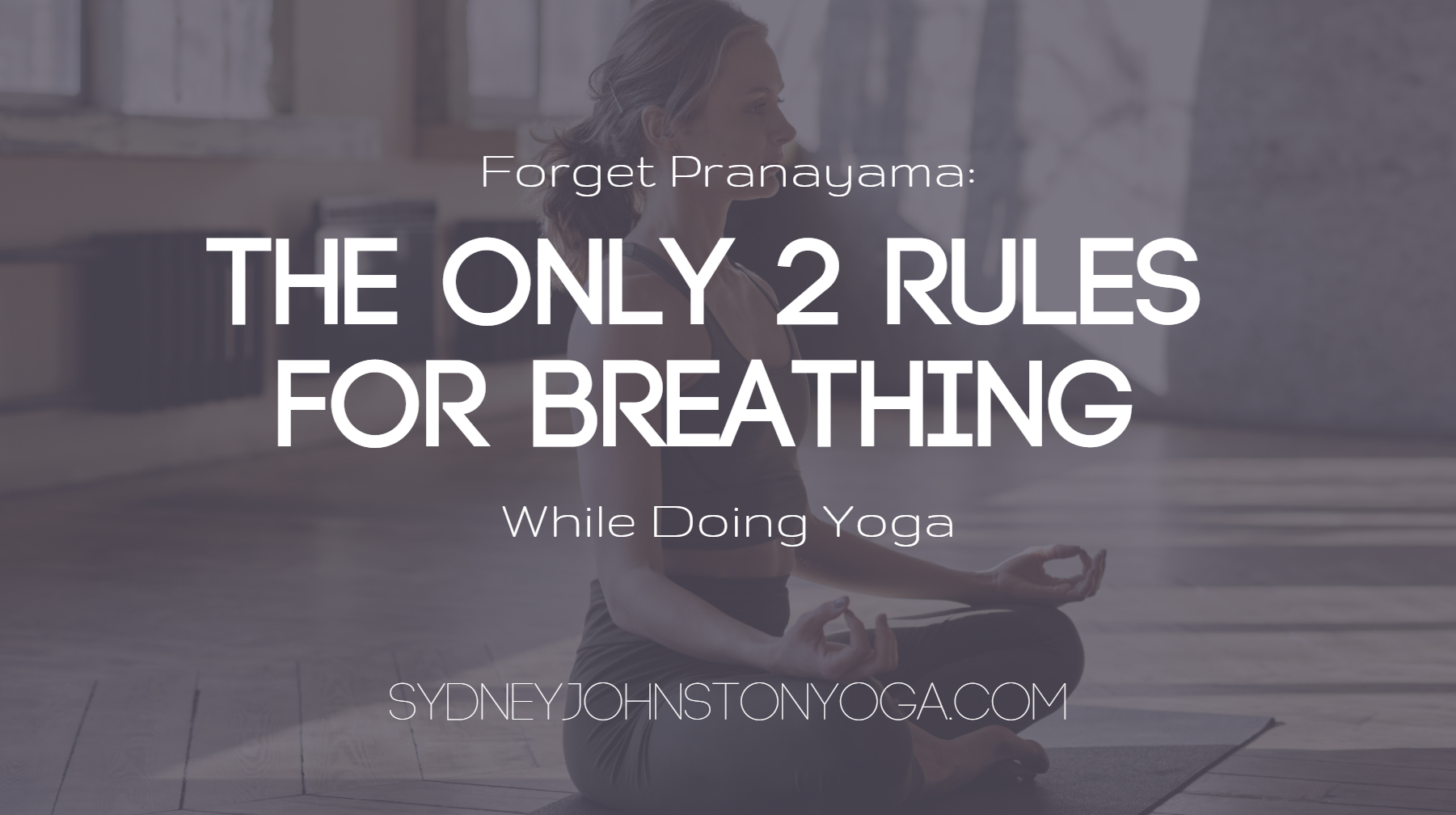Ujjayi. Nadi shodhana. Kaphalabhati. Apa Japa. Krama Breath. Sama Vritti. Yoga classes often feature specific styles of pranayama (breath control) that complement the sequence being practiced, and many teachers have specific type(s) of breathing techniques they prefer and instruct in class. However, every body is unique and as a result, no single pranayama technique will suit every person in class. Remember, the goal of yoga is to find your deepest, fullest breath – and often, the wrong pranayama technique for someone’s body will inhibit exactly this!
If you attend one of my classes, you will find that I frequently instruct a pranayama technique for the opening meditation and grounding minutes, and then offer Ujjayi breath for the duration of our practice. However, I firmly believe that all pranayama techniques are an optional enhancement of the physical yoga asana – not a mandatory requirement to be doing yoga “correctly.” The reality is that different pranayama techniques will work for different students based on their anatomy, and the purpose of yoga is defeated if students are distracted, forcing themselves to follow a breathing pattern that is not of service to their bodies.
Next time you’re in a class and find your body resisting the pranayama technique instructed by the teacher, remember this post as permission to release what does not serve you.
That being said, there are 2 “commandments” of breathing that should ALWAYS be implemented during asana (and which I will correct my students on!). Feel free to skip the pranayama, but be sure to do the following:
1) Inhale and exhale through the nose, not the mouth.
2) Inhales and exhales are equal length.
Why?
Great question. There are several benefits to these breathing commandments:
- These techniques draw the attention to the breath, helping students to practice presence throughout their asana. If you find your thoughts wondering during class, come back to your breath and ensure you are following these two principles. The breath is a tool you can return to as many times as needed throughout your yoga practice in order to stay present and aware of the now, rather than getting swept up in thoughts and mind-chatter.
- These two breathing principles affect with how we handle discomfort in yoga and in life. When we encounter an uncomfortable (different from painful!) pose, the breath often becomes shallow, constricted, or even temporarily suspended. This translates to life – think about how a scare will send us into “fight or flight” mode, causing the heart to beat rapidly and the breath to become shallow. Continuing to breathe in an uncomfortable yoga pose prepares us to handle difficulties in life with more grace and strength, using the breath to stay grounded and present amidst challenging situations.
- Anatomically speaking – breathing through the nose helps to filter, humidify, and warm the air entering our bodies.
- Energetically speaking – breathing through both nostrils in this manner balances and grounds the prana (energy) in the body, while stimulating the third eye (Ajna Chakra) region.
Pranayama techniques, such as Ujjayi or Kaphalabhati, are wonderful additions to your yoga asana practices, and many teachers will instruct a certain technique throughout class. But just as one pose does not suit all bodies, it is impossible for one pranayama technique to serve all students’ unique anatomies. Instead of forcing a certain pranayama to “work”, students should feel empowered to use any breathing technique that they feel comfortable with – or none at all – as long as they are abiding by these two breath principles to ensure that the breath is never constricted or suspended.

